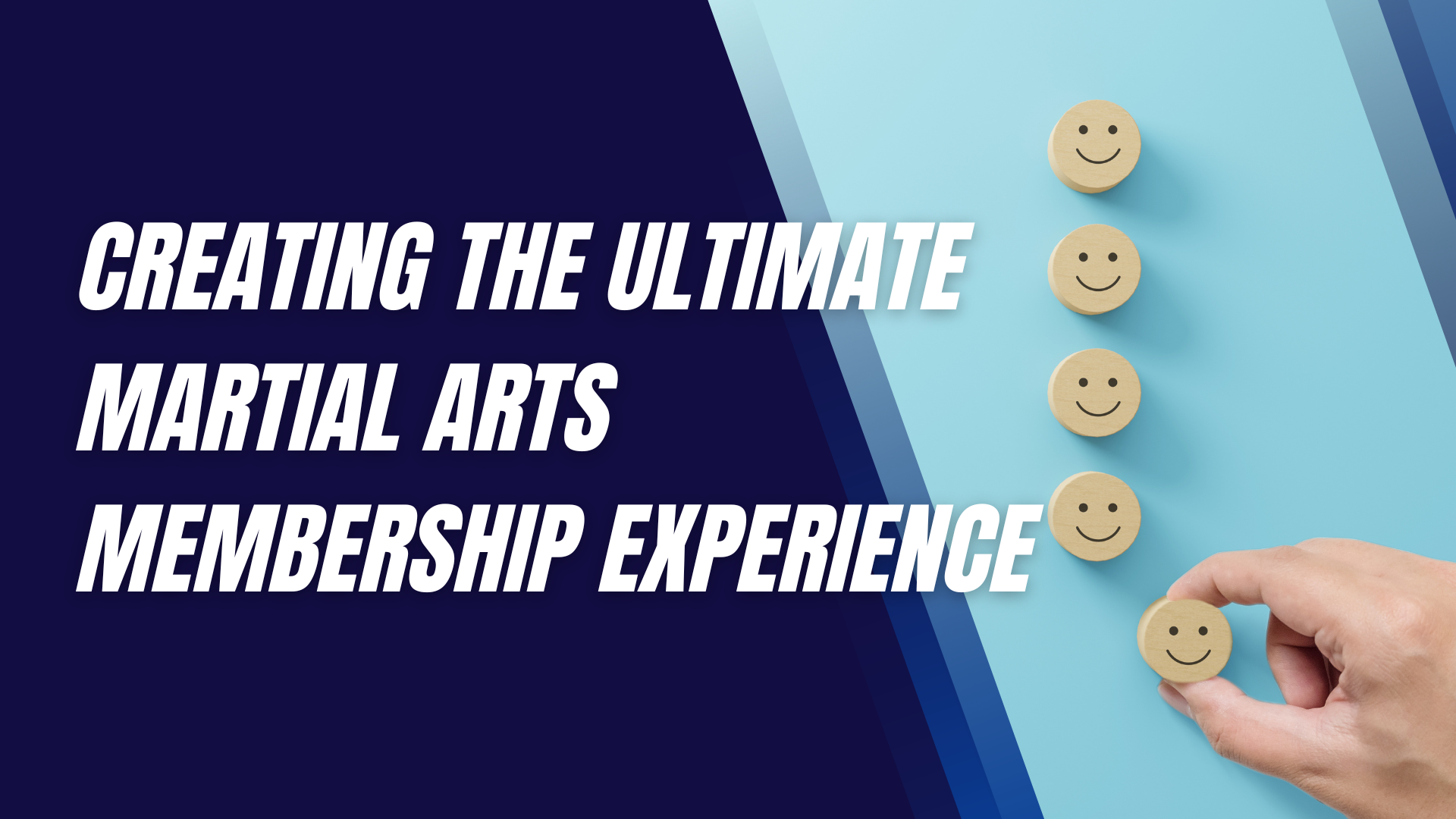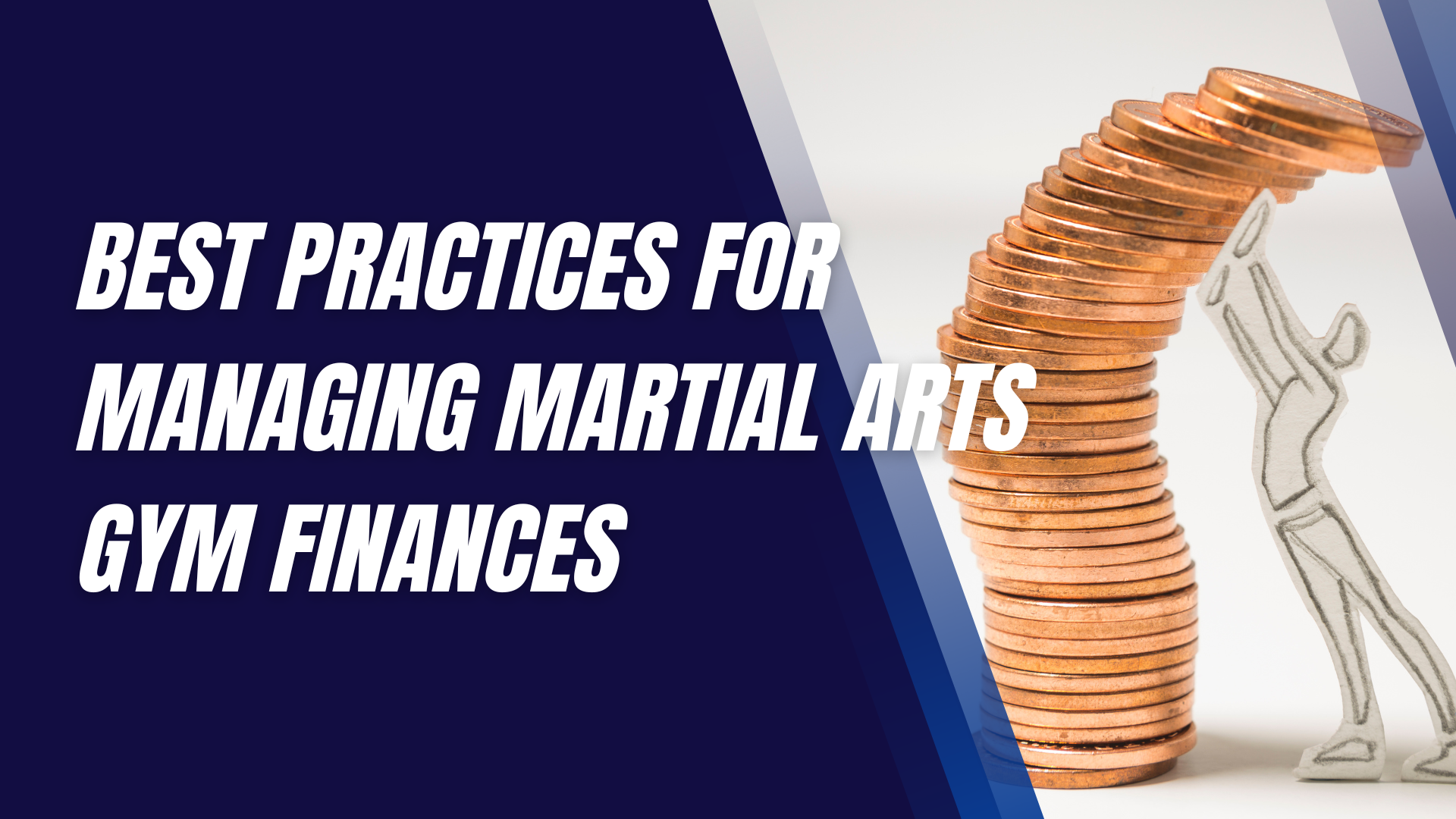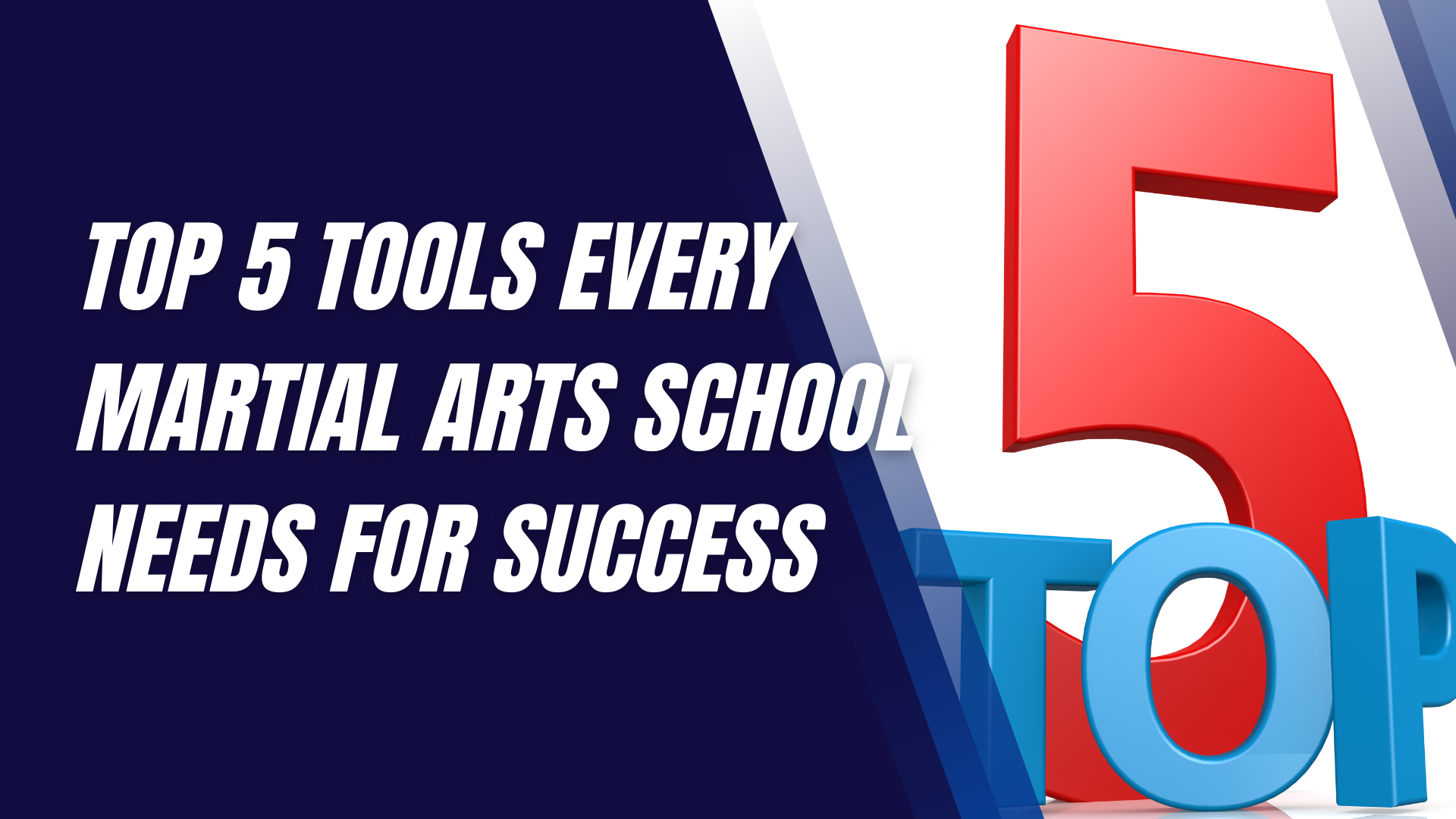Techniques for Managing Energy in Martial Arts Sparring
Managing your energy during martial arts sparring is crucial for maintaining peak performance and outlasting your opponent.
Whether you're a beginner or an experienced fighter, energy management can be the difference between winning and losing a match. Many fighters struggle with burning out too quickly or failing to pace themselves effectively. Let's dive into some of the best techniques to help you manage your energy efficiently during sparring.
Understanding Energy in Sparring
Energy in martial arts isn't just about physical stamina—it's a blend of physical endurance, mental resilience, and strategic acumen. In sparring, your energy determines how long you can maintain intensity, execute techniques effectively, and keep your focus sharp. Physical energy involves your muscles and cardiovascular system, while mental energy includes your focus, decision-making, and emotional control.
Importance of Energy Management
Proper energy management is essential because it directly impacts your performance. If you burn through your energy too quickly, you might find yourself sluggish, making mistakes, or becoming an easy target for your opponent. On the other hand, managing your energy well means you can sustain your efforts, capitalize on your opponent's weaknesses, and perform at your best throughout the sparring session.
Techniques for Physical Energy Management
Proper Breathing Techniques
One of the simplest yet most effective ways to manage your energy is through proper breathing. Diaphragmatic breathing, where you breathe deeply into your belly rather than your chest, can help you stay relaxed and maintain your stamina. Timing your breaths with your movements, such as exhaling during strikes or dodges, can also keep your energy levels balanced.
Efficient Movement and Footwork
Efficiency is key in martial arts. By minimizing unnecessary movements and optimizing your footwork, you conserve energy for when it's most needed. Focus on staying light on your feet and making purposeful movements. Good footwork allows you to maintain a strong position without expending too much energy.
Pacing and Timing
Understanding when to attack and when to defend is crucial. Pacing yourself means not going full throttle at all times—learn to mix explosive actions with more passive periods. This rhythm helps you conserve energy while still keeping your opponent on their toes.
Techniques for Mental Energy Management
Staying Calm Under Pressure
Mental energy management starts with composure. Staying calm and collected can help you make better decisions and reduce the likelihood of panic-induced mistakes. Practice techniques like controlled breathing and maintaining a clear focus on your strategy rather than getting lost in the heat of the moment.
Visualization and Mental Rehearsal
Using mental imagery to rehearse your moves can also help conserve energy. Before sparring, visualize successful techniques and scenarios. This practice not only boosts your confidence but also reduces the mental energy spent on second-guessing during the match.
Mindfulness and Presence
Being fully present during sparring means your mind isn't wandering or worrying about what just happened or what might happen next. This mindfulness reduces energy wastage due to anxiety or distraction and helps you respond more efficiently to your opponent's moves.
Strategic Sparring Techniques
Understanding Your Opponent
Part of managing your energy effectively is reading your opponent’s energy levels and movements. If you can sense when they're tired or overcommitting, you can exploit these moments without overexerting yourself. This strategic insight allows you to conserve your own energy while making the opponent work harder.
Setting Traps and Feints
Using feints and deceptive moves can tire out your opponent while conserving your own energy. By making your opponent react to false threats, you can control the pace of the match and strike when it’s most advantageous.
Controlling the Pace of the Match
One of the most advanced energy management techniques is dictating the tempo of the sparring session. If you can control the pace, you can prevent the match from turning into a frantic exchange that drains your energy quickly. Instead, set a rhythm that suits your endurance level and forces your opponent to match it.
Energy Recovery Techniques
Between Rounds: Active Recovery
During breaks, instead of standing still, engage in light movement and deep breathing. This active recovery keeps your muscles loose and helps you regain energy faster. Stretching and slow, controlled breathing can quickly reduce your heart rate and prepare you for the next round.
Post-Sparring: Cool Down and Rest
After sparring, it's vital to cool down properly to prevent injuries and aid in energy replenishment. Stretch your major muscle groups and continue to breathe deeply to help your body transition back to a resting state. Good rest and proper nutrition post-sparring will ensure your energy levels are restored for future sessions.
Role of Nutrition and Hydration
Pre-Sparring Nutrition
What you eat before sparring can significantly affect your energy levels. Focus on balanced meals with complex carbohydrates, proteins, and healthy fats to provide sustained energy. Avoid heavy, greasy foods that can make you feel sluggish.
Hydration Strategies
Staying hydrated is crucial for optimal performance. Dehydration can severely impact your stamina and mental clarity. Make sure to drink water consistently throughout the day and consider electrolyte-rich drinks if you're sweating heavily during sparring.
Developing Endurance for Better Energy Management
Cardiovascular Training
Building your cardiovascular endurance will directly improve your energy management in sparring. Activities like running, swimming, and interval training can boost your stamina, allowing you to maintain high-intensity efforts for longer periods.
Strength and Conditioning
Strength training helps your muscles use energy more efficiently, reducing fatigue during sparring. Focus on exercises that build functional strength relevant to martial arts, like compound movements and bodyweight exercises.
Flexibility and Mobility Work
Better flexibility and mobility reduce energy wastage by allowing you to move more fluidly. Incorporate stretching, yoga, or other mobility exercises into your routine to enhance your movement efficiency.
Importance of Regular Practice and Experience
Experience is one of the best teachers when it comes to energy management. Regular sparring helps you learn how to pace
yourself and adapt to different opponents. Reflecting on past sessions and identifying moments where you wasted energy can help you refine your strategy.
Common Mistakes in Energy Management
Avoid overexertion in the early rounds—it’s a common mistake that can leave you gassed out when it matters most. Another frequent error is neglecting mental energy management; staying calm and composed is just as important as managing physical energy.
Customizing Energy Management Techniques
Every fighter is different, so it's essential to tailor energy management techniques to your style, strengths, and weaknesses. What works for one person might not work for another, so experiment with different strategies and adjust based on your experiences.
Training Drills to Improve Energy Management
Incorporate drills that simulate sparring conditions to practice energy management in real-time. Drills like “round-robin sparring” or “defensive focus rounds” can help you practice staying efficient under pressure. Partner drills can also provide immediate feedback on how well you manage your energy.
The Role of Coaches in Energy Management
Coaches play a critical role in helping you manage your energy. They can offer insights into pacing, point out when you’re wasting energy, and help you strategize your approach. Regular feedback from your coach during sparring sessions can lead to significant improvements in your energy management skills.
Final Thoughts
Mastering energy management in martial arts sparring is a multifaceted challenge that requires a blend of physical conditioning, mental discipline, and strategic planning. By incorporating the techniques outlined above, you can enhance your performance, conserve your energy, and gain a significant edge over your opponents. With practice and the right mindset, energy management can become one of your most powerful tools in the ring.
Interested in trying a martial arts class? Find an affiliated academy anywhere in the country by clicking here.
Have your own martial arts program? Get to know more about what we have to offer at Ground Standard Agency for helping martial arts businesses grow.
Email us at info@groundstandard.com, or call and text us at (732) 907-8920 today to learn how to start growing your own academy, school, dojo, or gym with us as well.
Share this article












